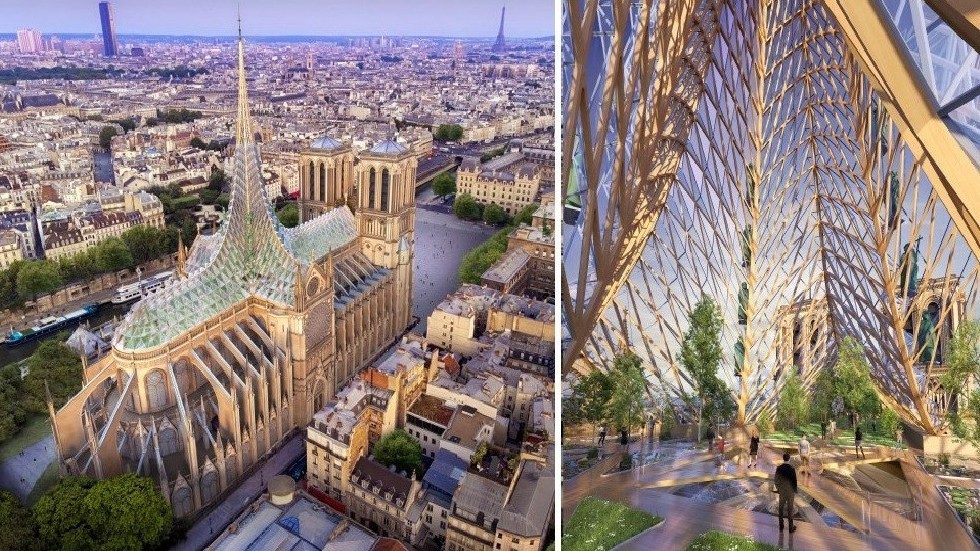
Top French design bureau Vincent Callebaut Architectures has gone viral with its plans to replace the roof of the medieval cathedral with a glass shell filled with solar panels.
Underneath will be a "sustainable" farm capable of producing 21 tons of fruit and vegetables each year, to be given out for free to the homeless. Not coincidentally, perhaps, this is at least the third eco-garden proposal that has been made public, while the vast majority of the submitted designs for the planned reconstruction feature a glass roof.
Comment: The abomination that are these proposals notwithstanding, even just on the point of functionality, a glass roof and a jungle do not lend themselves to the divine acoustics that Notre Dame was meticulously designed to produce.
One can picture the unquestioning thought processes percolating through these architectural firms: how can we keep the idea of a church being a beneficial public space alive, while updating it to the present day? What could be more positive than green energy?
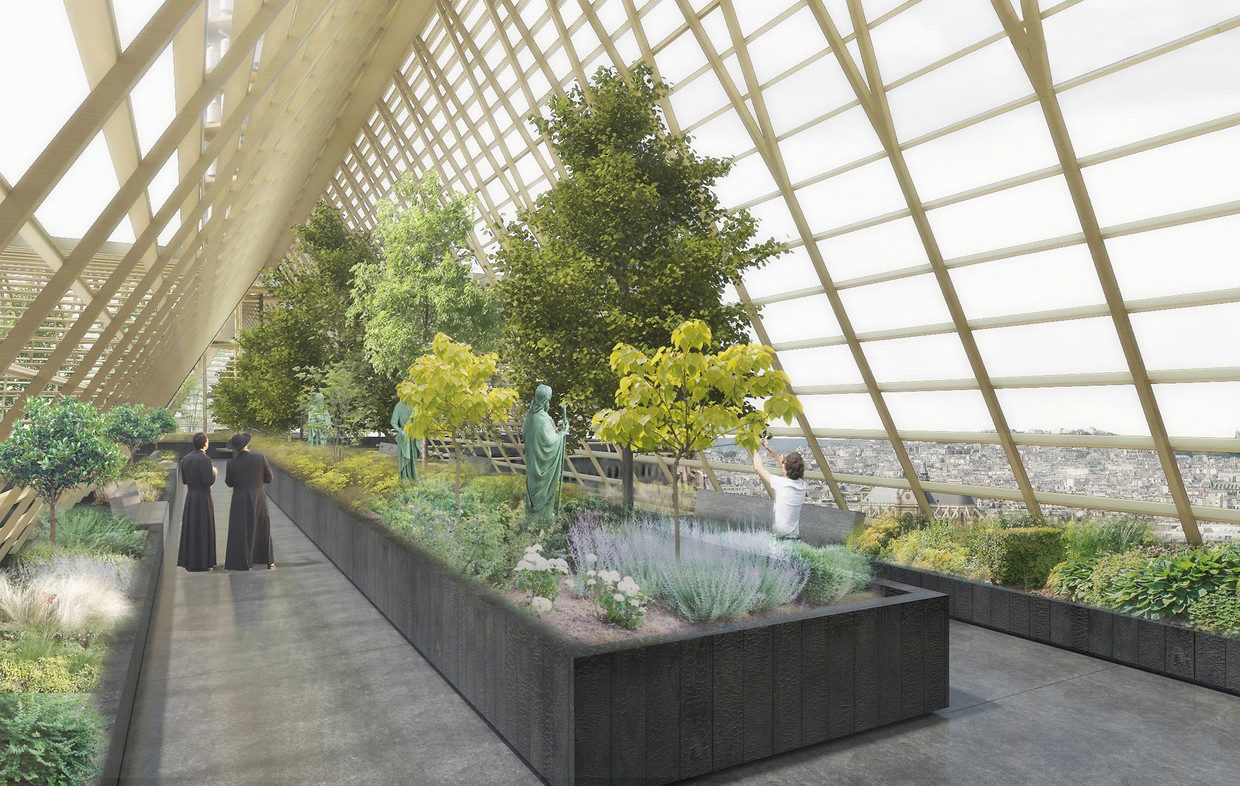
The architects might think there is something so post-modernly clever and ingeniously practical about their designs, but in fact they are just odd: if a football stadium was damaged in a fire, in a competition to restore it you wouldn't submit a blueprint to turn it into a shopping center or a theme park just because you don't like football. The fans still want to watch their team somewhere.
And overused as such examples are, one would imagine if Al-Haram Mosque in Mecca, or the Angkor Wat were damaged, the same firm would think twice about even publishing their unsolicited proposals for a glass box with a visitor center and viewing platform, which has happened with at least one of the designs here. Why do you hate your own cultural history that much?
But maybe we are all thinking too narrowly. Maybe we are missing the aesthetic originality these architects are bringing into the world. But what is with the fetish for putting gardens in urban spaces? One assumes that the thinking goes: "A forest in the middle of a stone building - magical!" Though what you get instead is some thin, zoned greenery in a place where it would never naturally appear: not Eden but an inauthentic, inorganic party trick that will cost millions to maintain (you could just give that money to the homeless instead of some carrots).
And as you might see from its replication in so many near-identical submissions for Paris, this isn't even some budding idea. This is the prevailing "premium" urban aesthetic from New York's High Line, to Boris Johnson's never-to-be Garden Bridge, to dozens of shopping malls and restaurants in any global metropolis.
So, here is the challenge, architects. If you are interested in more than easy clicks, what if instead of suggesting overplayed and soon-to-be-dated airport terminal roofs, you think of something that TRULY captures the spirit and purpose of Notre Dame, but is NOT a shiny brand-new replica of its every architectural evolution. If you can solve that conundrum, it is not just the devout who will be thankful in their prayers.
Igor Ogorodnev is a Russian-British journalist, who has worked at RT since 2007 as a correspondent, editor and writer.
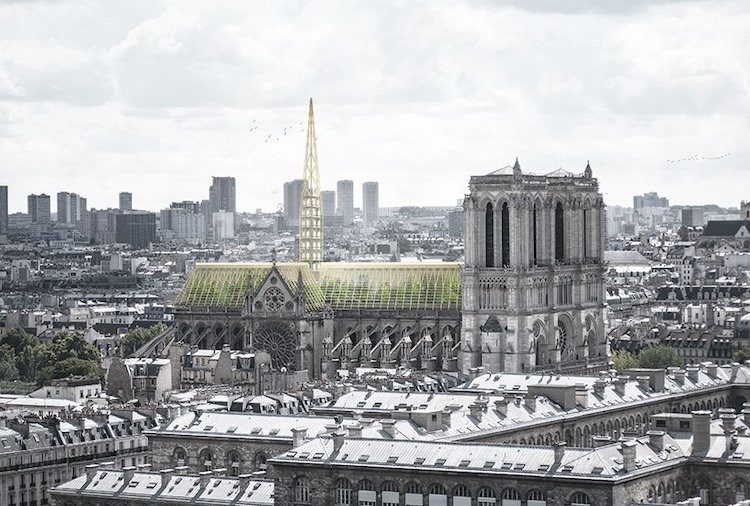
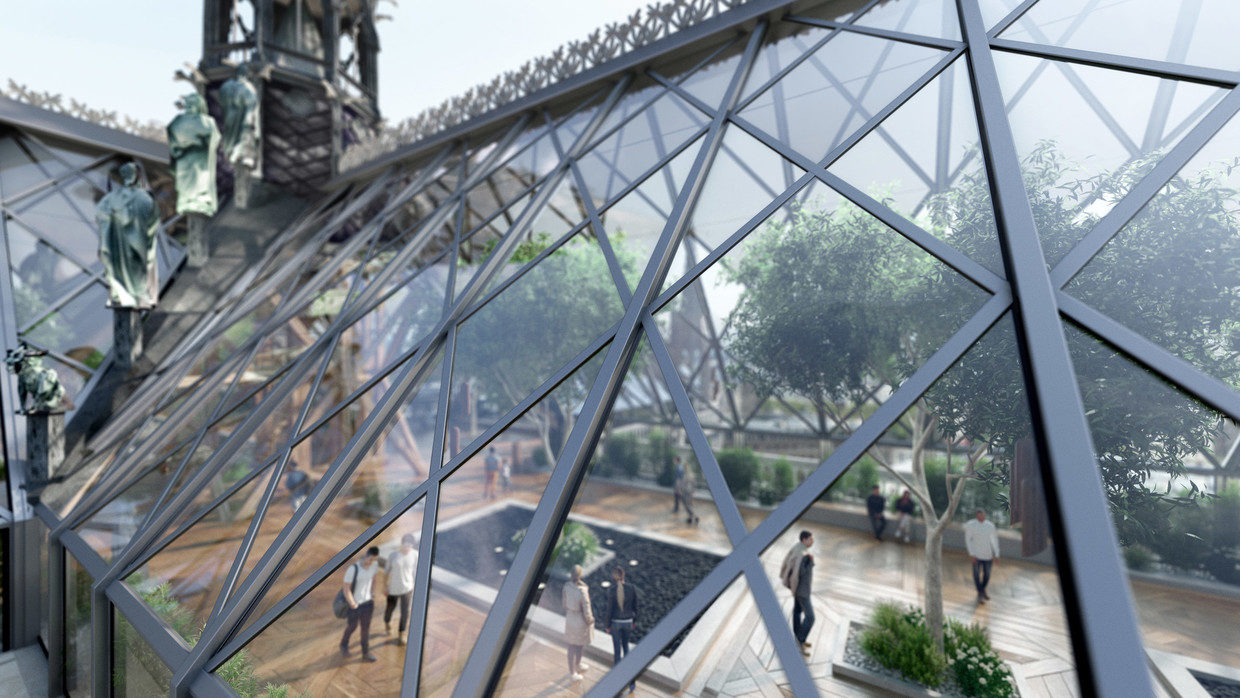
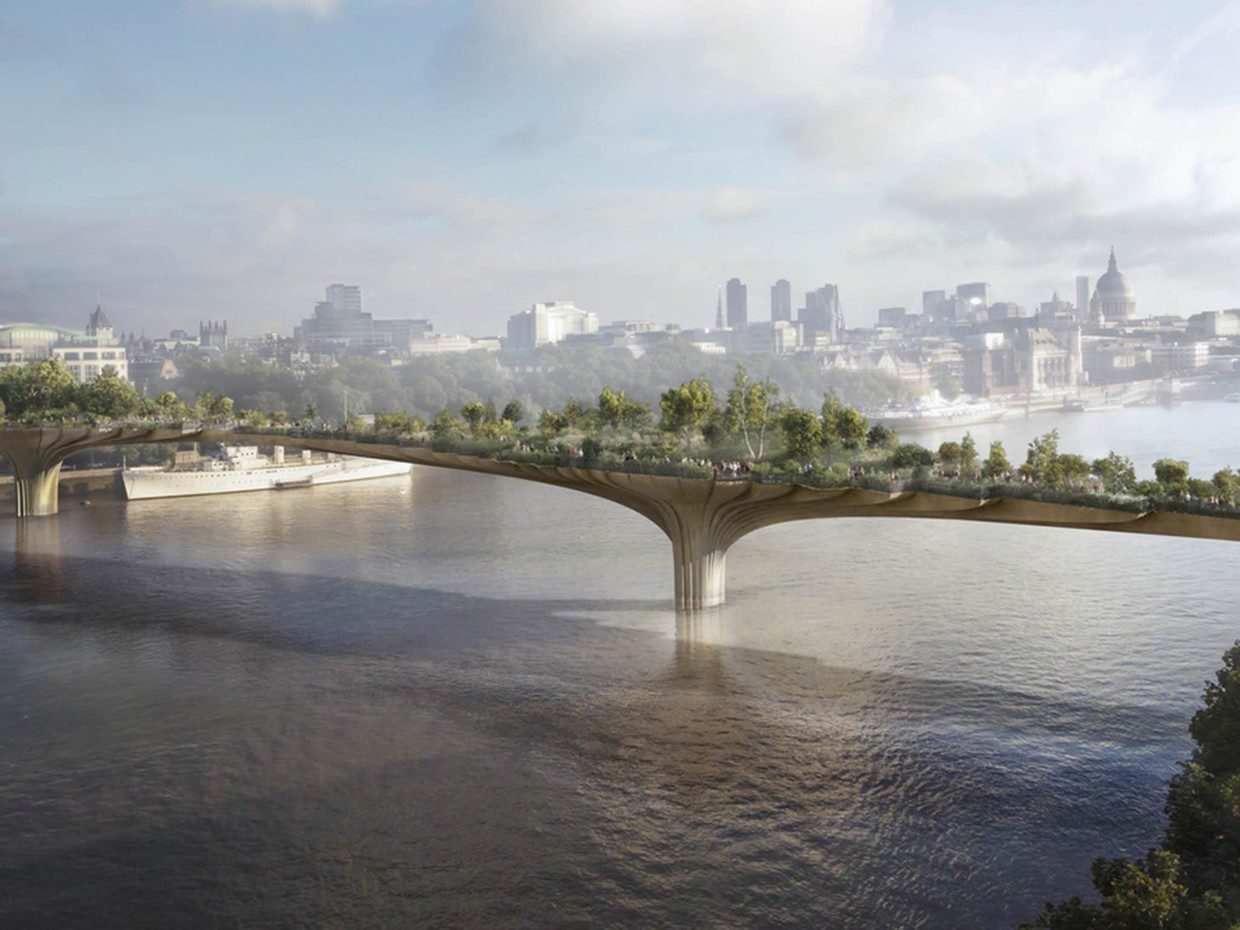



Comment: Perhaps the only acceptable design should be an exact replica, and, where possible, using the same materials while reviving the craftsmanship that made Notre Dame the masterpiece that it was. This process may also give the architects, craftsman, witnesses and visitors an idea of what it took to inspire those to commit themselves to such an awesome task in the first place:
- Chief architect of Notre Dame: 'We installed new detection system in 2010, and completely rewired the cathedral, so the fire wasn't caused by electrical short-circuit'
- 'Don't touch Notre Dame': Fury at suggestion of 'reimagining' cathedral with modern twist
- Failed London Garden Bridge project cost £53m - overseen by London Mayor Boris Johnson then Sadiq Khan
- Thank God for western values: The debt of the West to Christianity
- A 'global conspiracy' undermines Orthodox world - Patriarch Kirill
Also check out SOTT radio's: